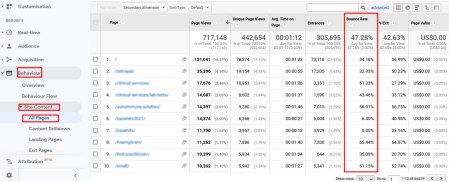BOUNCE RATE
Published Feb 23, 2022
Technology
What exactly is Bounce Rate?

Image credit: Pexels
Is the website performing well?

Image credit: freepik
High bounce rate is not always bad
Do we have a formula?

Image credit: Pexels
The formula for the bounce rate is
Rb = Tv/Te , where Rb is the Bounce Rate, Tv is the number of visitors who visits one page i.e., single page session, and Te is the total entries of the pages i.e. total sessions on the website.How to track the bounce rate in Google Analytics?

Image credit: Elite Web Technologies
What finally do we get from the analysis?

Image credit: Pexels
When the website owner gets these analysis from digital marketing experts, then the awareness prevails and they can strategies as per the acquired analytics. The details churned out can come in handy, and the sometimes we have to refurbish the old ideas with new, and sometimes we stick to the current idea which is already live on the website. We need to get the insights right, like there are number of reasons why visitors are bouncing, for instance, there is a possibility that the visitors felt that the website is not mobile responsive or running very slow, and this breaks the their touch with the website and they move out; other reason might be that they were looking for something else and released that this is not the website they are looking for; if they found the email they were looking for in the very first page then they pull back — that’s it. I hope that while reading this article the information you might be looking for the bounce rate was there, and in some way or the other this gives the notion that the article has served the purpose.


